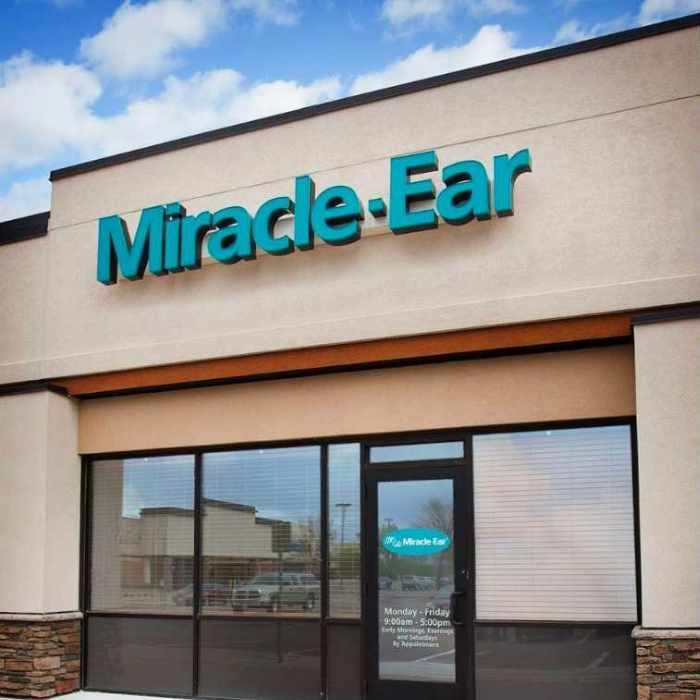I got my first pair of hearing aids in 2020. During the research process, I stumbled on a retail chain called Miracle-Ear.
A quick search on their site showed more than a dozen locations within driving distance. Miracle-Ear is the largest U.S. hearing clinic franchise with over 1,500 hearing clinics in the U.S.
Think of them like the Panera of the hearing health world (no bread bowls included).
In this guide I’ll dig into Miracle-Ear and what makes them different from other options on the market.
If you are reading this article, you've probably heard of Miracle-Ear and have questions like "are they legitimate," "how much do Miracle-Ear hearing aids cost" and "what products do they offer"?
We'll get to all of that below!
Miracle-Ear History and Ownership
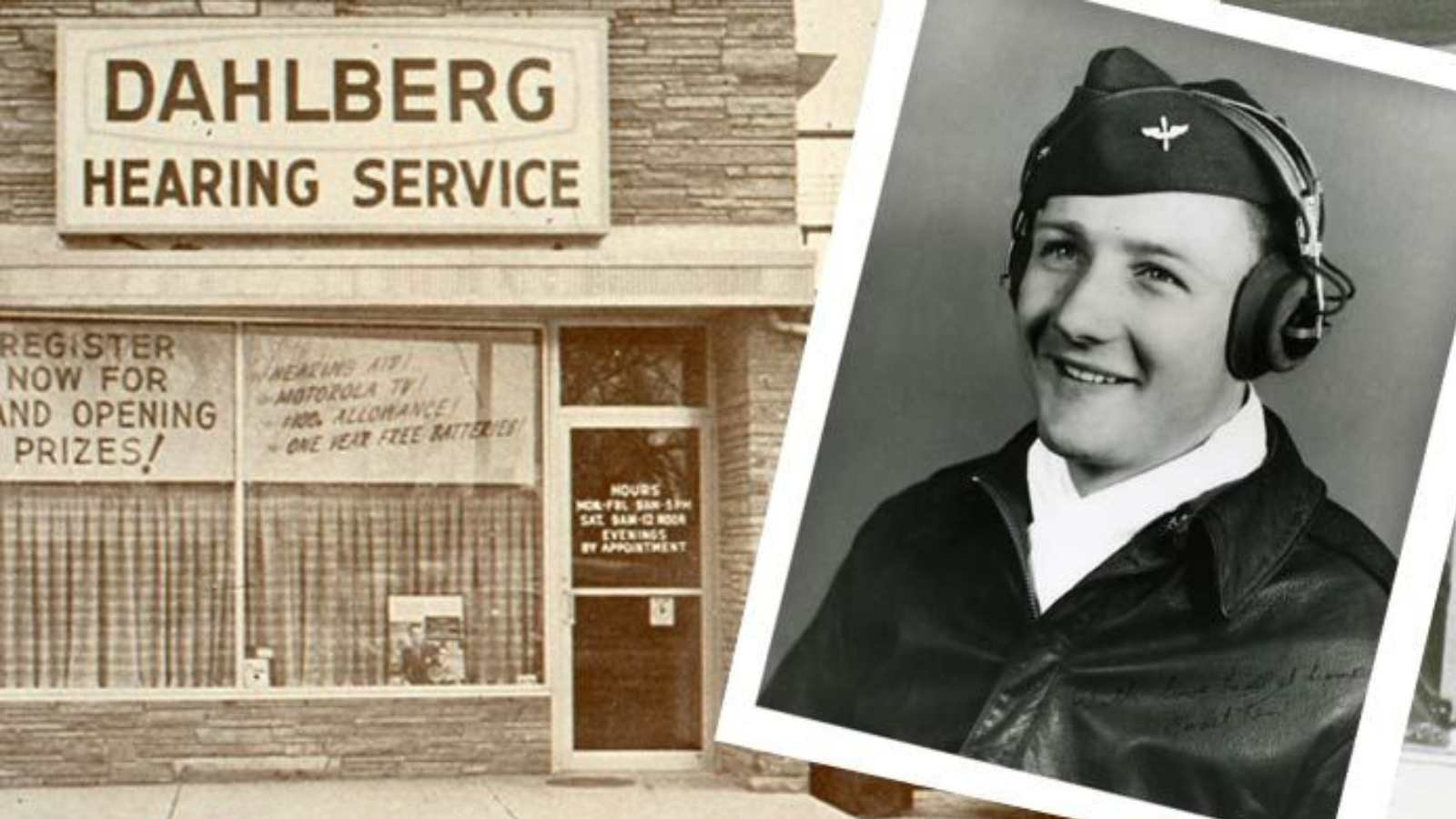
Miracle-Ear was founded in 1948 by Ken Dahlberg, a World War II veteran who had experienced hearing loss during his military service. Dahlberg was determined to find a way to help people with hearing loss, and he began experimenting with various hearing aid designs in his garage.
His first invention was the "pillow radio" for hospital patients' private listening. Soon he began designing hearing aids with cutting-edge transistors that made hearing aids much smaller.
Dahlberg and his team led the industry for more than 20 years with critical innovations like the first in-the-ear hearing aid, solar-powered hearing aids, and the first programmable hearing aid.
In 1984 the company began franchising locations and grew its retail footprint throughout the U.S.
In 1999 Italian hearing giant, Amplifon purchased Miracle-Ear. Amplifon owns hearing care practices in 29 countries and employs 16,000 people globally.
Miracle-Ear Today

Today Miracle-Ear has 1,500 locations in the U.S., with a few in Canada. Each office operates as a franchise and sells similar products within a similar care model.
A hearing instrument specialist or audiologist who wants to open their own practice can apply to gain a franchise location through Miracle-Ear.
Miracle-Ear promises annual trainings to ensure similar quality throughout the system.
Some Miracle-Ear locations staff Audiologists, while others staff hearing instruments specialists.

Miracle-Ear allows audiologists and hearing instrument specialists to see patients in their locations. Hearing instrument specialists have less training in hearing health than a Doctor of Audiology (1-2 years Vs. 8 years).
HIS and audiologists can both fit hearing aids, but more complex hearing loss, balance, and health situations are often best served by a doctor.
Miracle-Ear Hearing Aids
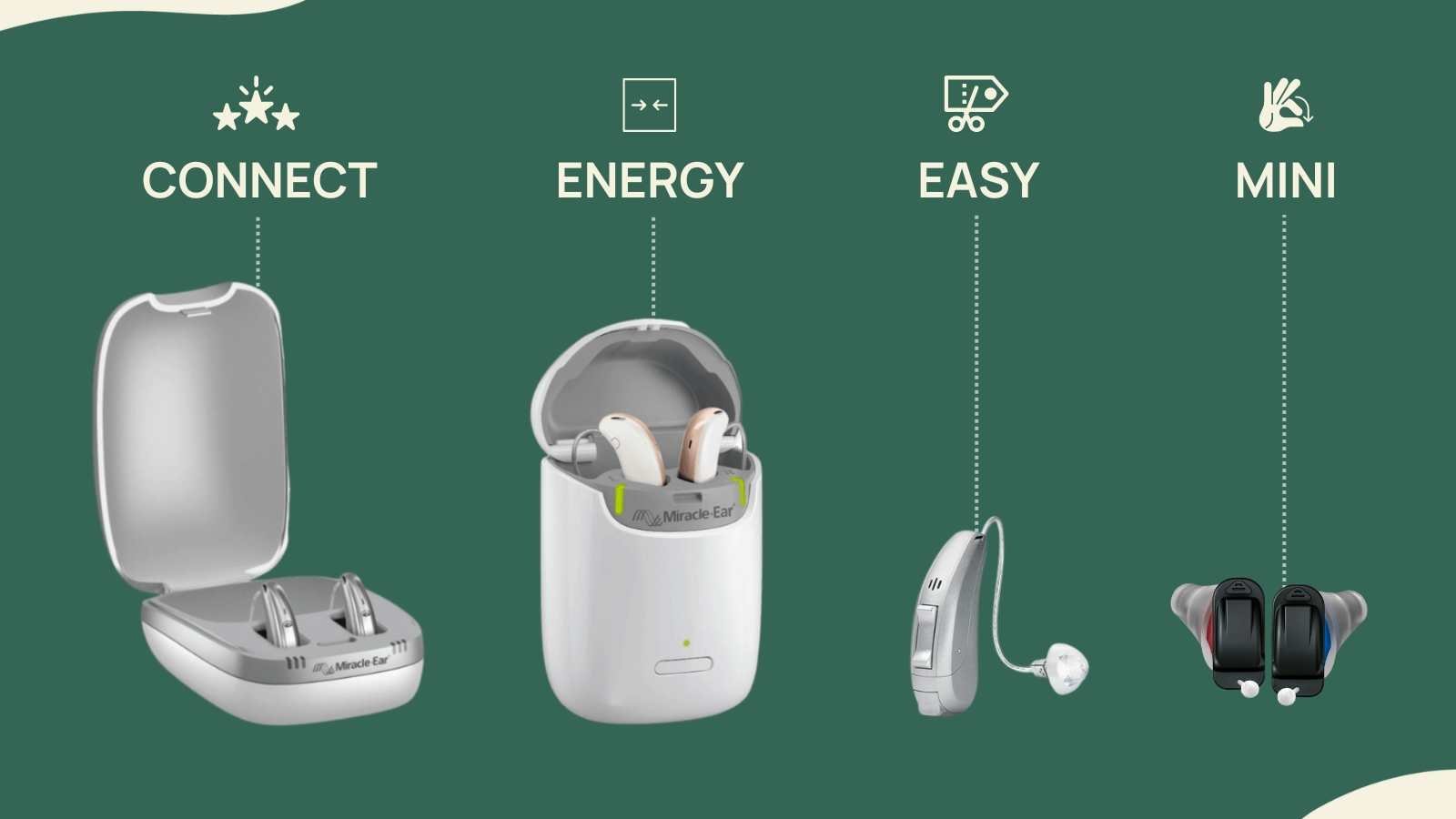
Ken Dahlberg made a name for his company by engineering innovative products for his locations. A lot has changed since the 90s, and today five large manufacturers make most of the hearing aids on the market.
Miracle-Ear does not manufacture its own devices. Instead, they purchase products from WS Audiology. While the company doesn't talk about the partnership, most experts agree that the products sold at Miracle-Ear are similar or identical to Signia hearing aids.
So why purchase hearing aids from Miracle-Ear if they are the same devices you might find in other local clinics? There are a few possible reasons:
- Location: Miracle-Ear has locations around the country and might offer services very close to your home. That can be great for follow-up care.
- Travelers: If you spend part of the year in warmer weather or travel a lot, Miracle-Ear can be a great option with retail locations in nearly every metro area.
- Lifetime care: Miracle-Ear offers 3-year warranties on their products, lifetime cleanings, free adjustments, and free annual hearing tests.
Let’s take a closer look at the Miracle-Ear product range. The brand offers four main products.
Miracle-EarMINI - Nearly Invisible In-The-Ear
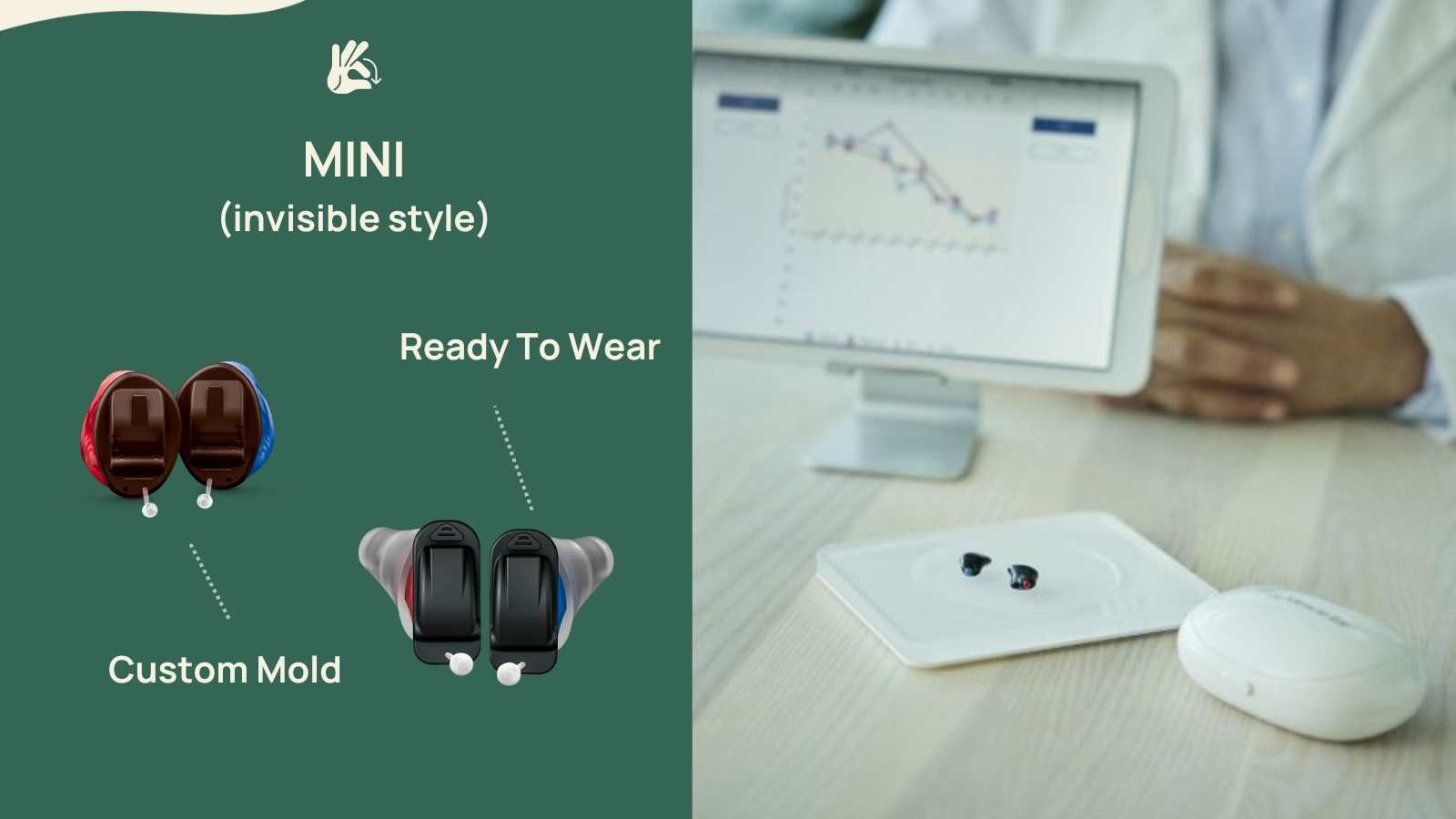
Miracle-EarMINI sits entirely inside the ear and comes with a couple of options.
Option #1: Miracle-Ear offers custom-molded hearing aids specially made to match the shape of your ear. Custom hearing aids sometimes lead to a more invisible fit and more comfort.
Option #2: Miracle-Ear also offers ready-to-wear invisible-style hearing aids that use changeable click-sleeves to match the size of your ear canal. This style can be less expensive and provides a quicker turnaround time.
Miracle-EarMINI Pros:
- Invisible style sits entirely inside the ear
- Sometimes preferred for those who wear glasses, oxygen, or masks
Miracle-EarMINI Cons:
- Not rechargeable or Bluetooth enabled
- Not as water resistant
- Less advance sound processing features
See Signia Silk and Signia Insio For Reference
Miracle-EarCONNECT - Most Popular and Flexible
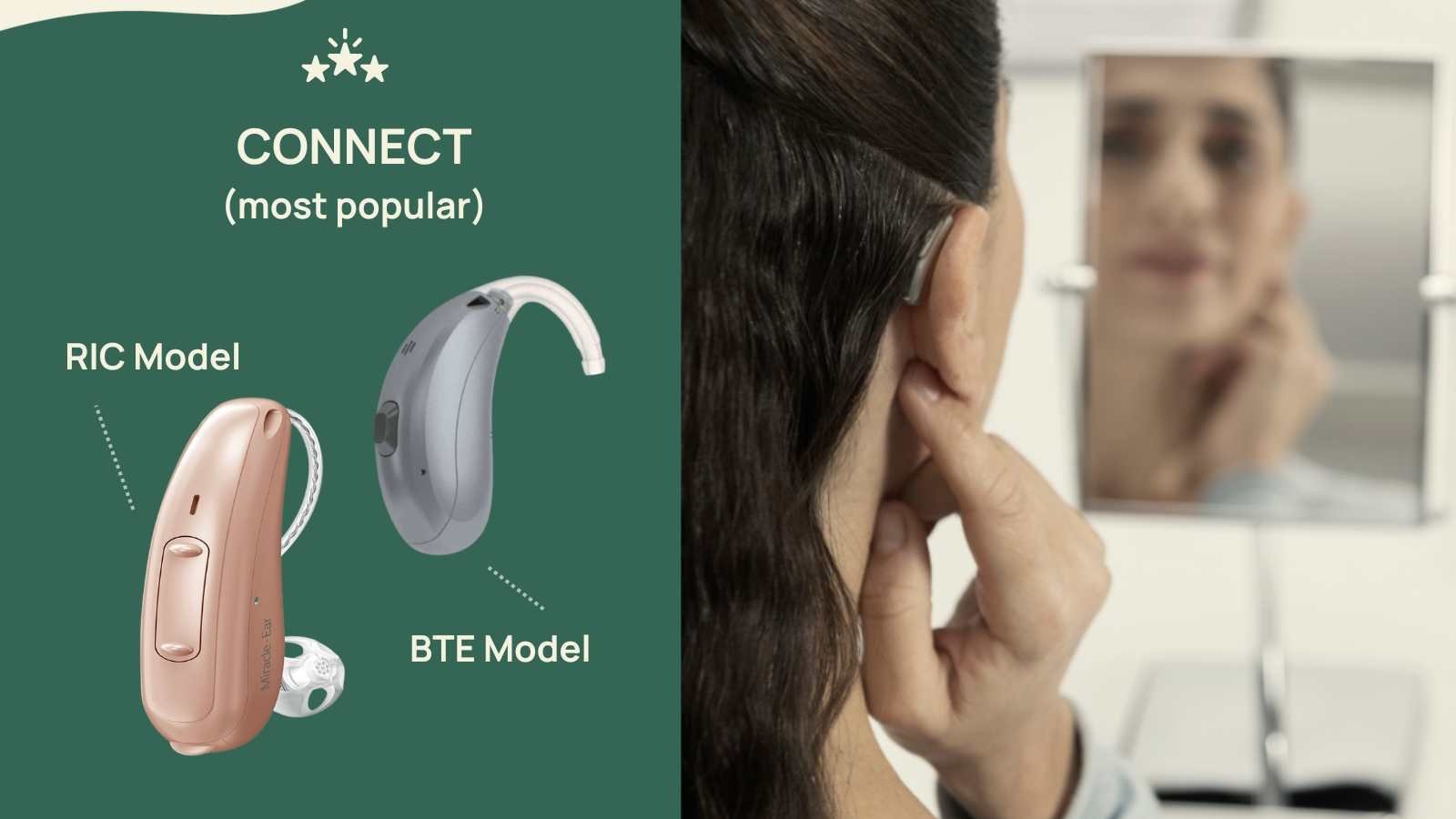
CONNECT is Miracle-Ear's most popular product. Devices sit behind the ear and come with rechargeable batteries and Bluetooth connection. CONNECT comes in two style options (depending on your hearing loss level):
Option #1: Miracle-EarCONNECT receiver-in-canal is more discreet with the speaker placed inside the ear canal at the end of the receiver wire. RIC hearing aids are appropriate for most people with mild to moderately severe hearing loss.
Option #2: Miracle-EarCOONNECT behind-the-ear hearing aids are larger and more powerful to support patients with severe and profound hearing loss.
Miracle-EarCONNECT Pros:
- Bluetooth connection to iPhone and Android
- Rechargeable batteries with 40 hours of battery life per charge
- Strongest sound processing capabilities
- IP68 water resistance
Miracle-EarCONNECT Cons:
- Behind-the-ear style be more visible for those who have short hair
- Behind-the-ear style can interfere with glasses, oxygen, or masks
See Signia Pure Charge&Go and Signia MotionX
Miracle-EarEASY - Most Affordable
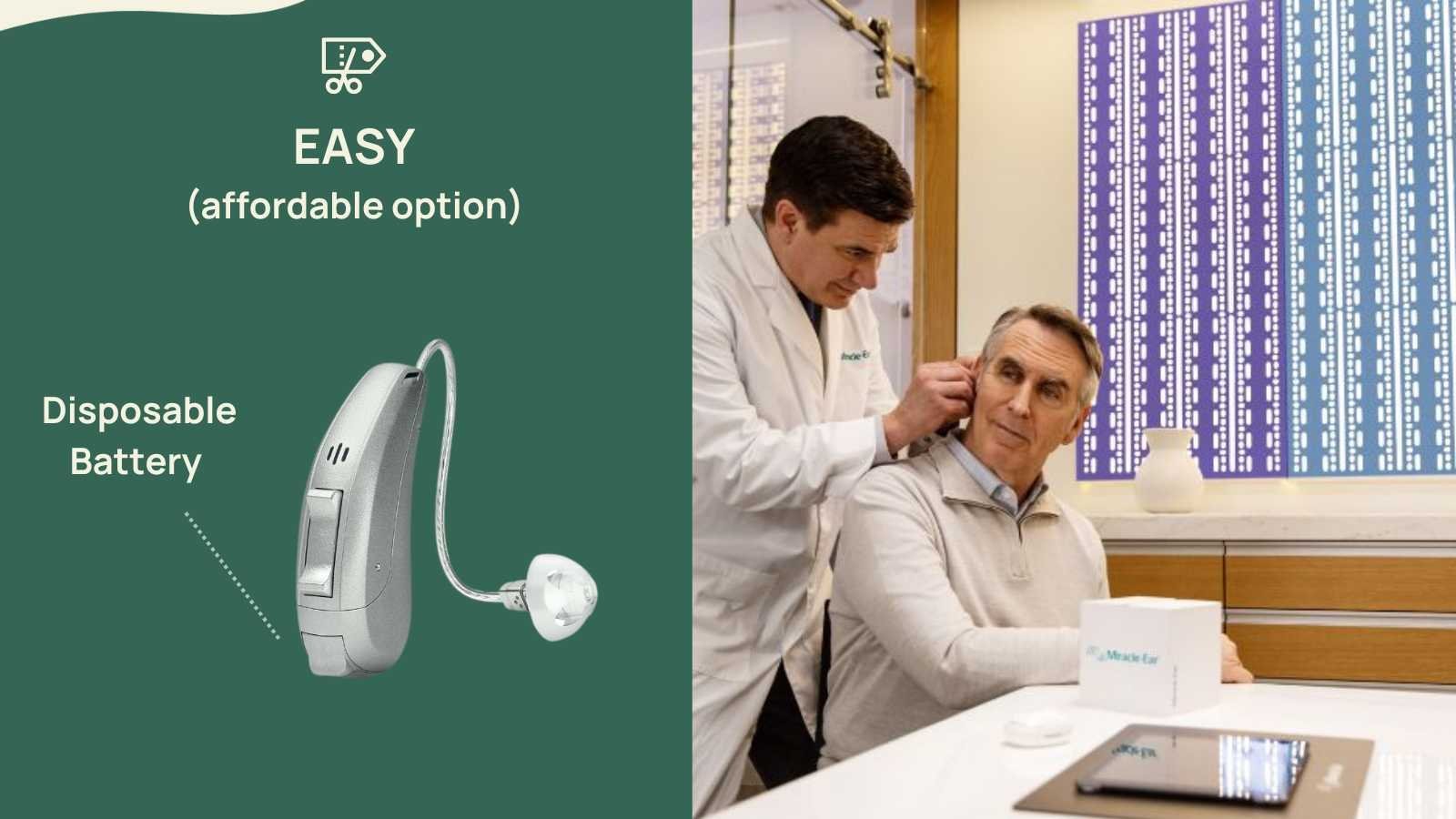
Miracle-EarEASY is your budget option. This style does not come with rechargeable batteries or Bluetooth connection and has less sophisticated sound processing. The EASY devices are also larger than Miracle-Ear's premium options.
If you are budget constrained and are okay with skipping some extra features, this could be a good option.
Miracle-EarEASY Pros:
- Budget-friendly
- Customized by a professional
Miracle-EarEASY Cons:
- Not Bluetooth enabled
- No app controls
- Not rechargeable
- Larger than other options
If you are budget constrained, check out my guide to affordable hearing aids here.
Miracle-Ear Prices
Miracle-Ear does not publish their prices outside of a vague statement that hearing aids cost between $1,000 - $4,000 per ear.
Miracle-Ear is not the least expensive option on the market. The chain has some advantages (lots of locations and quality care), but you should expect to pay at least $4,000 - $6,000 or more for a pair (the national average for a pair of hearing aids is $4,500).
If you want to explore more pricing options, check out this comparison tool.
Are Miracle-Ear Hearing Aids Locked?
Some leading retailers "lock" their hearing aids to prevent other professionals from adjusting them. In their defense, this practice protects them against complications in follow-up care but is quite unpopular.
Miracle-Ear has historically locked its devices.
I did a lot of digging to determine whether this is still the case. The "locked" policy has not changed from everything I can tell. If anyone reading this has new information, let me know!
Does Miracle-Ear accept insurance?
Some insurance companies offer hearing care benefits to their members, which can cover a significant portion or even all of the cost of hearing aids and related services. In addition to insurance coverage, some employer benefit packages include an FSA (Flexible Spending Account) or HSA (Health Savings Account), which allow you to set aside up to $2,500 tax-free each year for healthcare expenses like hearing aids.
Miracle-Ear accepts most major insurance plans at many of its 1,500 locations across the United States. To find out if your insurance plan is accepted at a Miracle-Ear location near you, it's a good idea to call and verify your coverage.
Fitting and Care Process
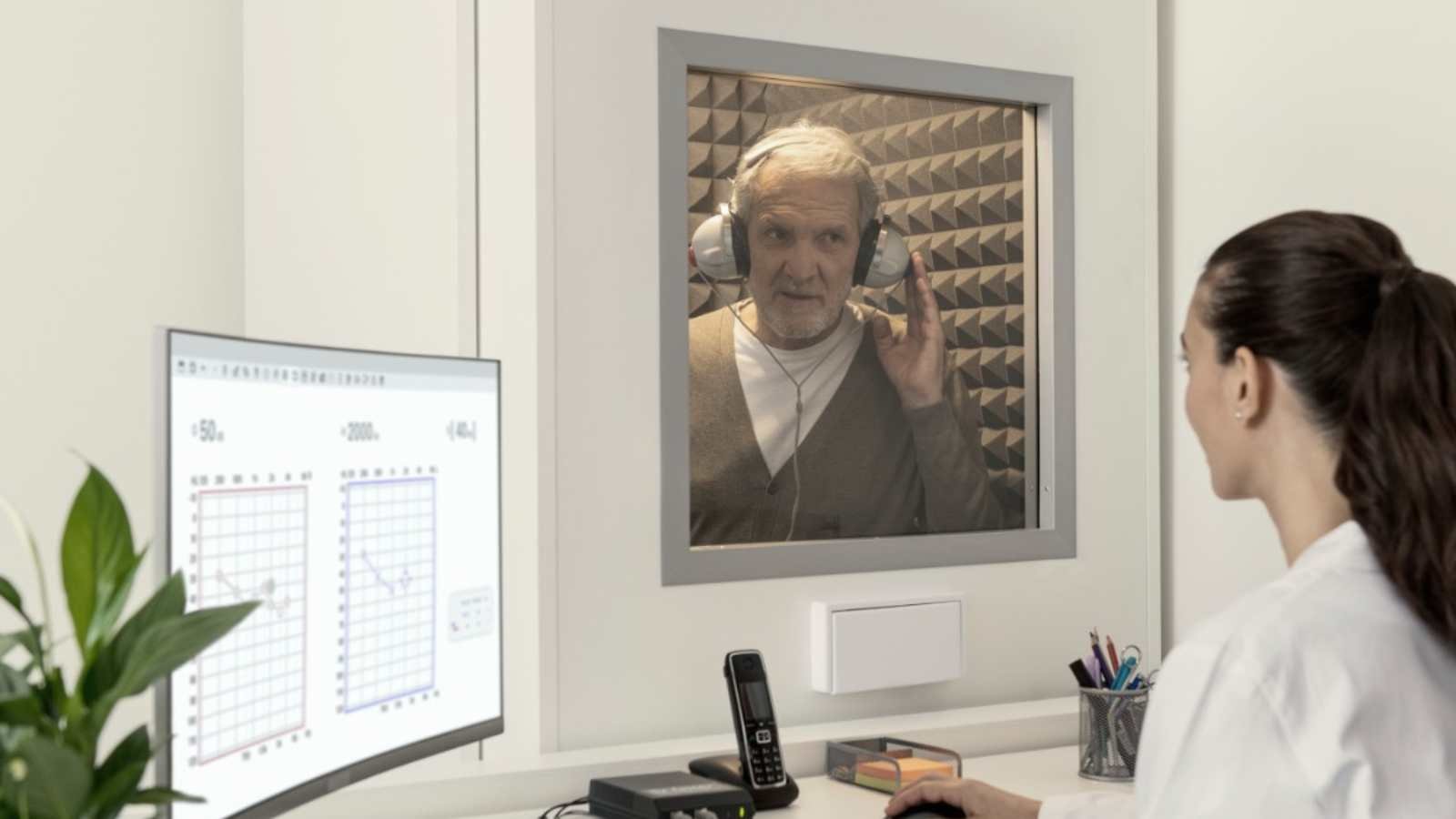
The Miracle-Ear fitting and care process is pretty standard for the industry. Here's how it works:
- Find a local clinic using Miracle-Ear's location finder
- Schedule an appointment for a free hearing test
- During the test, a professional will look inside your ear canal, test your hearing threshold in a sound booth and test your ability to understand words in background noise.
- After completing your test, the professional will walk you through your options. You can expect to learn more about the products listed above if you have hearing loss.
- If you choose to proceed, you will either get fitted the same day (depending on location and product) or come back a week or two later for a fitting appointment.
- Before you leave the office, you'll schedule a follow-up appointment to check back in and fine-tune your hearing aids as needed.
- Once you have your hearing aids in hand, you'll have 30 days to return them.
- Your hearing aids come with a 3-year manufacturer warranty, and Miracle-Ear offers lifetime cleanings and program adjustments.
Customer Reviews
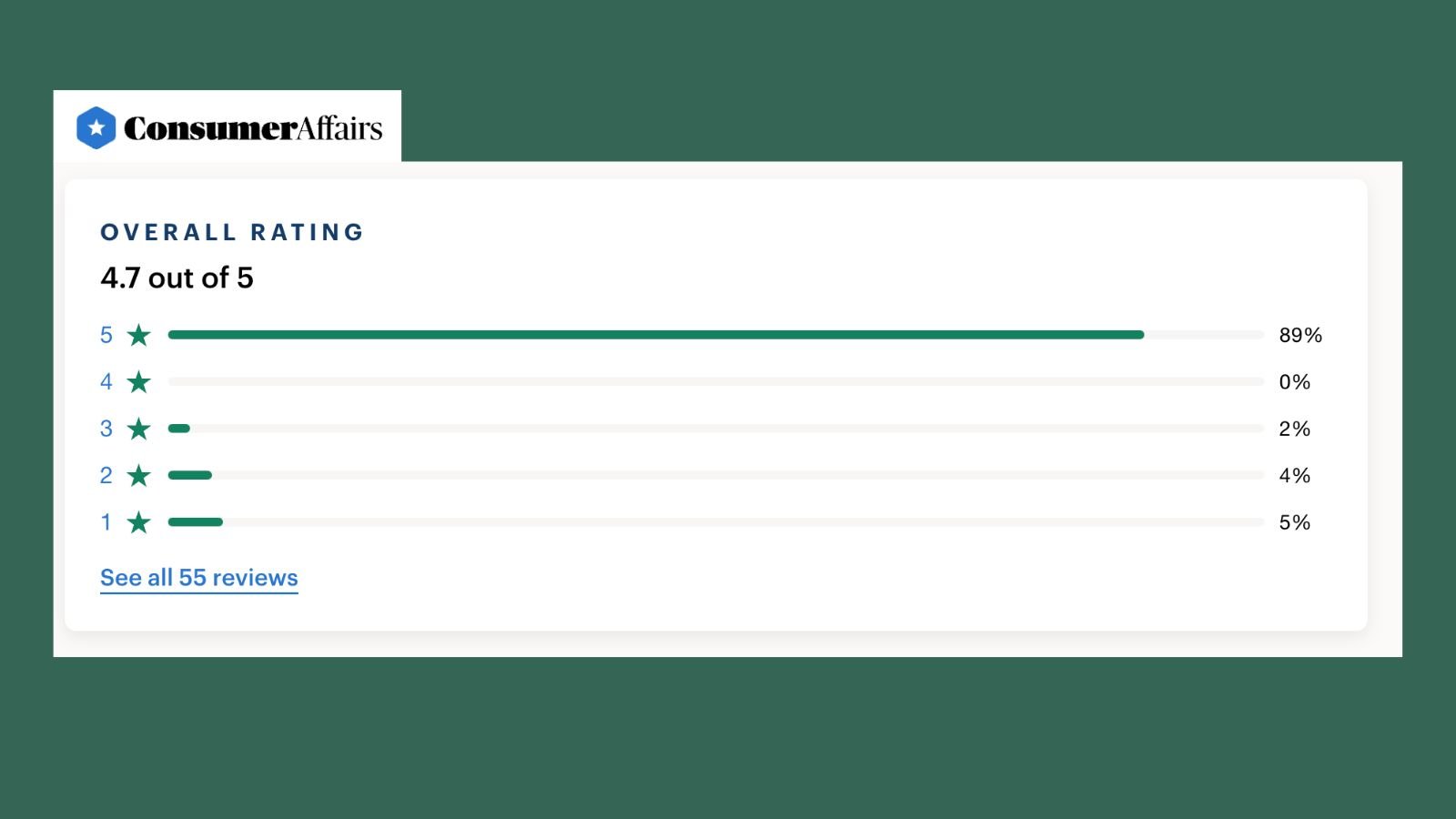
Miracle Review gets mostly positive reviews on 3rd party sites like ConsumerAffairs.
I read through many of the 55 reviews available at consumer affairs and noted the following patterns:
Pros from reviews:
- Lots of thanks and appreciation for specific Miracle Ear employees
- Reviewers love the free test
- Reviewers like the quality of products offered at Miracle Ear
Cons from reviews:
- Some customers complain about unclear promo pricing
- Some customers are frustrated to learn that Miracle Ear devices are locked
- Some customers complain about staff turnover or
- Some customers complain that the hearing aids themselves (Signia and Widex) do not work for their needs
Final Thoughts
Miracle-Ear has a giant footprint in the hearing health space with locations in most city's around the U.S. They offer quality products and reputable care. Do I recommend them? That depends.
I think Miracle-Ear is a good option if you aren't budget-constrained in a location very close to your home. If you want a wider range of products, need hearing aids on a budget, or have complex hearing needs that are best for a doctor of audiology, I suggest considering other options.
Some alternatives to consider:
Jabra Enhance Select (quality and affordable Telehealth)
Bose OTC (affordable and self programmed)
Costco (lower price retail)
I hope you've found this guide helpful! If you have experience with Miracle-Ear or questions, send me a note at [email protected].



